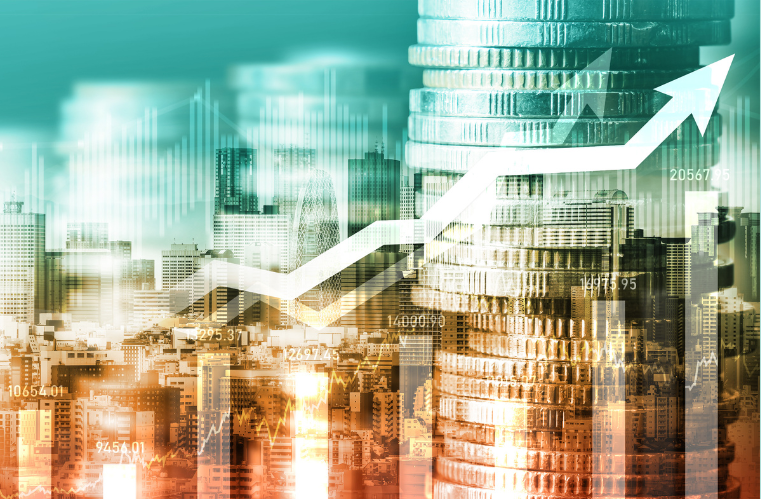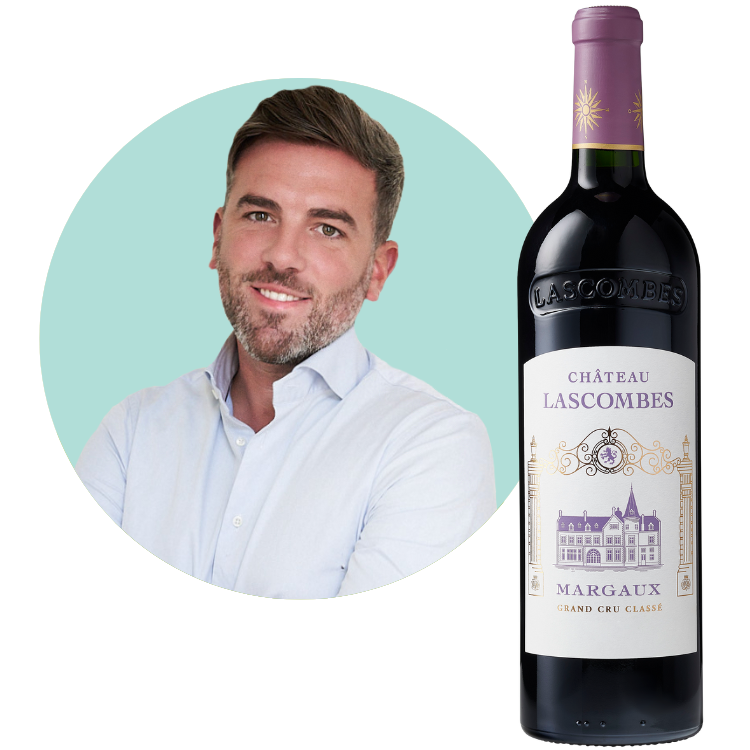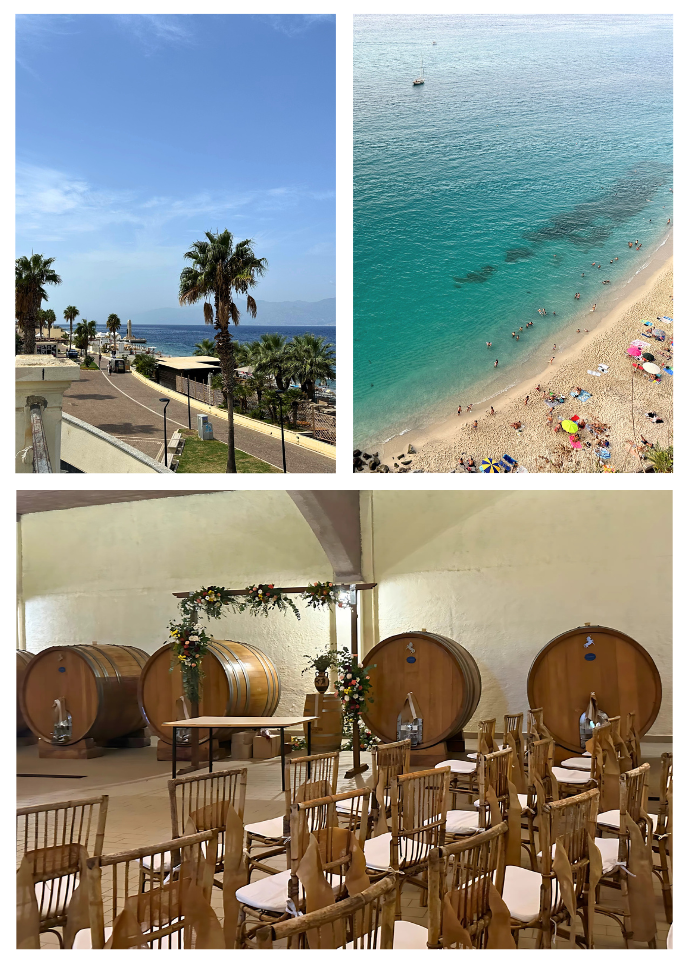Typical Alcohol Levels by Wine Type
Investment-grade wines often exhibit specific alcohol ranges, which impact their ageing potential and market value. Here is a breakdown:
- Low Alcohol Wines (Under 12.5% ABV): Not typically associated with high investment potential, but notable examples include Mosel Riesling and Champagne. The low alcohol and high acidity of these wines contribute to their exceptional ageing potential.
- Moderately Low Alcohol Wines (12.5% - 13.5% ABV): Includes Burgundy Pinot Noir, Bordeaux (Right Bank) Merlot-based wines, and Barolo from Piedmont. These wines are prized for their balance and complexity, with moderate alcohol levels contributing to their refined structure and longevity.
- High Alcohol Wines (13.5% - 14.5% ABV): Encompasses Bordeaux (Left Bank) Cabernet Sauvignon, Châteauneuf-du-Pape from the Rhône, and Super Tuscans like Sassicaia. These wines are known for their robust flavours and ageing potential, often appreciated by collectors for their development over time.
- Very High Alcohol Wines (Over 14.5% ABV): Includes powerful wines like Amarone from Veneto, certain Napa Valley Zinfandels, and fortified wines such as Vintage Port. These wines, often intense and full-bodied, can age for decades, developing complex tertiary characteristics highly sought after in the secondary market.
The Impact of Alcohol on Wine Ageing
For collectors and investors, understanding how alcohol content affects wine ageing is crucial. In non-fortified wines, higher alcohol levels can accelerate the chemical reactions that lead to ageing, potentially shortening the optimal drinking window. However, this is not a strict rule, and many high-alcohol wines can age gracefully if they possess balanced acidity and tannins.
Factors Influencing Ageing Potential:
- Balance and Structure: Wines with a good balance of alcohol, acidity, and tannins, such as Bordeaux or Barolo, often age well. While alcohol acts as a preservative, excessive levels without sufficient acidity or tannins can lead to a lack of structure, causing the wine to age prematurely.
- Acidity: High acidity can help preserve the wine’s freshness and structure over time. This is particularly evident in regions like Champagne or Chablis, where the acidity ensures longevity despite lower alcohol levels.
- Tannins: In red wines, tannins provide structure and ageing potential. Regions known for tannic wines, such as Pauillac or Chianti, produce wines that can mature beautifully over decades, developing complex secondary and tertiary aromas and flavours.
- Storage Conditions: Proper storage conditions are vital for preserving the quality and ageing potential of wines. Consistent temperature, humidity control, and minimal light exposure are critical factors that help maintain a wine's integrity over time.
It is also important to note that alcohol levels do not decrease as wine ages in the bottle. However, the perception of alcohol can change, often becoming more integrated as the wine's other components evolve. For example, a young, high-alcohol Châteauneuf-du-Pape may taste hot and unbalanced, but with age, it can mellow and harmonise, making it a highly prized collector's item.
Alcohol Content and Wine Quality
The notion that higher alcohol equates to better wine is a misconception. While higher alcohol can enhance a wine's body and flavour intensity, it is not a definitive marker of quality. Many esteemed wine regions produce exceptional wines with moderate alcohol levels, known for their elegance and finesse.
In recent years, there has been a growing appreciation for wines with lower alcohol levels, particularly in fine dining contexts where balance and food pairing are paramount. This trend highlights the diverse preferences among collectors and the importance of individual palate and context in determining wine quality.
Essential Knowledge for Wine Collectors
For wine investors and collectors, understanding alcohol levels is key to appreciating the nuances of wine quality, ageing potential, and market value. Whether you are investing in a low-alcohol German Riesling or a robust Amarone, the alcohol content is just one factor among many that contribute to a wine's character and longevity. The best investment wines are those that offer balance, complexity, and the potential to evolve beautifully over time, regardless of their alcohol levels.







